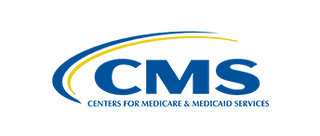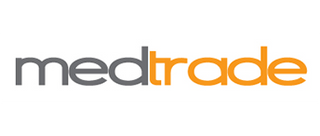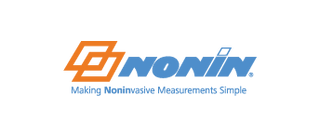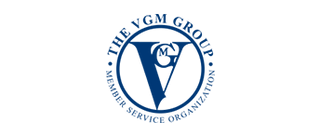What are the different types of oximetry devices?
Exploring Different Types of Oximetry Devices for Overnight Sleep Testing
When it comes to overnight oximetry testing, choosing the right device can significantly impact the accuracy and comfort of your home sleep study. Healthcare providers today have access to various pulse oximetry devices designed specifically for sleep oxygen monitoring, each offering unique features and capabilities for detecting sleep-disordered breathing.
Fingertip Pulse Oximeters for Sleep Studies
The most common type used in overnight pulse oximetry testing is the fingertip pulse oximeter. These compact sleep oximetry devices clip securely onto your index finger and continuously monitor oxygen saturation and pulse rate throughout the night. Modern fingertip models designed for home oximetry testing feature comfortable, adjustable sensors that minimize movement artifacts while you sleep.
Advanced fingertip overnight oximetry monitors include memory storage capabilities, allowing them to record hours of data for later analysis. Some models feature wireless connectivity, enabling real-time data transmission to healthcare providers for immediate review of your sleep oxygen levels.
Wrist-Worn Oximetry Systems
Wrist-worn oximetry testing devices represent a newer approach to overnight sleep monitoring. These systems combine a wrist unit with a finger sensor connected by a flexible cable. The wrist component houses the display, controls, and data storage, while the finger sensor focuses solely on accurate oxygen measurement.
This design offers several advantages for home sleep oximetry. The wrist unit prevents accidental disconnection during sleep movements, while the separated sensor design often provides more stable readings throughout the night. Many wrist-worn pulse oximetry systems also include additional sensors for detecting body position and movement patterns.
Smartphone-Compatible Oximetry Devices
The integration of smartphone technology has revolutionized overnight oximetry testing. Smartphone-compatible sleep monitoring devices connect wirelessly to mobile applications, providing real-time data visualization and automatic cloud storage of your overnight oxygen monitoring results.
These digital oximetry systems often feature user-friendly interfaces that display oxygen trends, heart rate variations, and desaturation events in easy-to-understand graphs. Some applications can even generate preliminary reports highlighting potential areas of concern for discussion with your healthcare provider.
Hospital-Grade Portable Oximeters
For patients requiring more comprehensive sleep apnea testing, hospital-grade portable oximeters offer enhanced accuracy and additional monitoring capabilities. These professional overnight oximetry systems typically include advanced algorithms to reduce motion artifacts and provide more precise measurements during sleep.
Many hospital-grade sleep oximetry monitors incorporate multiple measurement technologies, combining traditional pulse oximetry with additional sensors for detecting breathing effort, airflow, and chest movement. This creates a more complete picture of your sleep breathing patterns while maintaining the convenience of home-based sleep testing.
Choosing the Right Oximetry Device
When selecting an overnight pulse oximeter for sleep disorder screening, consider factors such as comfort, battery life, data storage capacity, and reporting capabilities. Your healthcare provider will typically recommend specific oximetry testing equipment based on your individual needs and the clinical questions they're trying to answer.
Battery life is particularly crucial for overnight sleep oximetry, as devices must operate continuously for 6-8 hours without interruption. Look for devices with at least 10-hour battery capacity to ensure complete data collection throughout your sleep period.
Advanced Features in Modern Oximetry Devices
Today's sleep oxygen monitoring systems often include features like automatic report generation, trend analysis, and integration with electronic health records. Some advanced overnight oximetry devices can even detect sleep position changes and correlate oxygen desaturations with specific sleeping positions.
The evolution of pulse oximetry technology continues to improve the accuracy and convenience of home sleep testing, making it easier than ever to screen for sleep-disordered breathing conditions from the comfort of your own bedroom.




